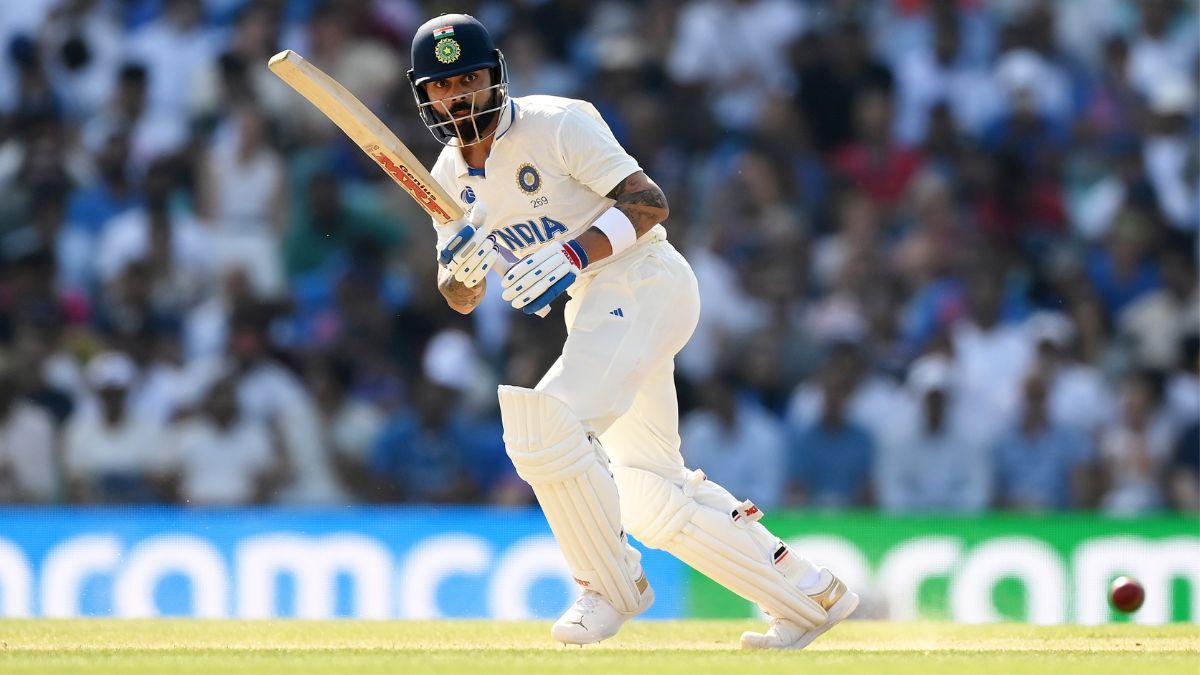Cricket, a sport laden with intricate terminology and techniques, has captivated enthusiasts worldwide. Like a puzzle waiting to be solved, one term that often perplexes both novices and seasoned players alike is ‘Dibbly Dobbly.’
This enigmatic phrase refers to a particular technique employed by bowlers in cricket matches. By delving into the depths of this phenomenon, we can gain insight into the mechanics behind Dibbly Dobbly and witness its strategic implementation on the field.
In this article, we aim to unravel the mystery surrounding Dibbly Dobbly and shed light on its significance within the realm of cricket.
- Dibbly dobbly is a bowling technique in cricket that involves slower-paced medium-pace bowling with minimal swing or spin.
- It disrupts the rhythm and flow of opposing batsmen by relying on subtle changes in length, line, and pace.
- Dibbly dobbly has been strategically used to restrict scoring opportunities, force batsmen to adjust their approach, and create wicket-taking chances.
- Understanding and mastering dibbly dobbly enhances a team's chances of success by adding an extra dimension to their bowling attack.
A Brief Introduction to Cricket Terminology
Cricket terminology encompasses a wide range of specialized vocabulary and phrases used to describe various aspects of the game.
This rich lexicon is designed to provide players, officials, and spectators with a precise language to communicate about cricket’s intricacies.
Common cricket terms include ‘wicket,’ which refers to the set of stumps and bails that batsmen defend, ‘boundary,‘ which defines the perimeter of the playing area, and ‘run,’ denoting a unit of scoring achieved by batsmen running between wickets.
The history and evolution of cricket terminology can be traced back several centuries. As one of the oldest sports in existence, cricket has accumulated a diverse array of terms throughout its development.
Many cricket terms have origins in traditional English language usage or regional dialects prevalent during different eras. Over time, these terms have become standardized through consistent usage within the cricketing community.
Unraveling the mystery of dibbly dobbly provides an opportunity to delve into one such term that has piqued curiosity among fans and commentators alike.
By exploring its etymology, understanding its context within gameplay, and analyzing its significance over time, we can gain insight into this unique phrase’s place within cricket’s linguistic tapestry.
Unraveling the Mystery of Dibbly Dobbly
Characterized by a unique and often unpredictable delivery style, the bowling technique known as dibbly dobbly has garnered considerable interest among sports enthusiasts and cricket fans.
This unconventional technique, which involves slower-paced medium-pace bowling with minimal swing or spin, has proven to be effective in modern cricket due to its ability to deceive batsmen and restrict scoring opportunities.
Analyzing different variations of dibbly dobbly reveals that there are several factors that contribute to its effectiveness.
Firstly, the lack of pace makes it challenging for batsmen to time their shots accurately, forcing them to make adjustments on the spot.
Additionally, the absence of significant swing or spin makes it difficult for batsmen to anticipate the trajectory of the ball, increasing the chances of mistiming their shots.
Dibbly dobbly can sometimes deceive batsmen into incorrect strokes or mistimed strikes. Subtle line and length differences can cause judgment errors, outfield catches, and wickets. The success of this strategy depends on surprise.
Understanding the Technique Behind Dibbly Dobbly
The technique behind dibbly dobbly can be better understood by examining the specific mechanics and delivery style employed by bowlers using this unconventional bowling technique.
Analyzing the effectiveness of dibbly dobbly in modern cricket strategies reveals its unique role as a strategic tool for disrupting the rhythm and flow of opposing batsmen.
This slower-paced variation, often delivered at medium pace, relies on subtle changes in length, line, and pace to deceive and confuse batsmen.
The origins of dibbly dobbly can be traced back to different cricket playing nations, each with their own variations on this technique.
In England, it is commonly referred to as ‘medium-pace cutters,’ while in Australia it is known as ‘change-ups.’ These variations highlight how different cultures have adopted and adapted dibbly dobbly to suit their own playing styles.
Understanding the nuanced techniques behind dibbly dobbly allows teams to strategically incorporate this bowling style into their game plans, creating opportunities for wickets and putting pressure on opposing teams.
Transitioning into the next section about examples of dibbly dobbly in cricket matches…
Examples of Dibbly Dobbly in Cricket Matches
Examining instances of this unconventional bowling technique in various matches provides concrete examples of how dibbly dobbly has been utilized by bowlers to disrupt the rhythm and flow of opposing batsmen.
The impact of dibbly dobbly on team strategies can be seen in the way it forces batsmen to adjust their approach, often resulting in a slower run rate or even wickets falling due to mistimed shots.
This technique is particularly effective when employed strategically, such as during powerplay overs or at crucial moments in the game when teams are looking for breakthroughs.
Famous players known for their dibbly dobbly skills include New Zealand’s Kyle Mills and England’s Paul Collingwood.
Both these players have used this style of bowling effectively throughout their careers, often surprising batsmen with their deceptive variations in pace and line.
Their ability to consistently execute dibbly dobbly deliveries has added an extra dimension to their team’s bowling attack.
Overall, the use of dibbly dobbly in cricket matches showcases its disruptive potential and highlights its significance within team strategies.
By employing this unique technique, bowlers not only aim to restrict scoring opportunities but also create opportunities for wicket-taking deliveries.
Consequently, understanding and mastering the art of dibbly dobbly can greatly enhance a team’s chances of success on the cricket field.
Deciphering Dibbly Dobbly: The Final Analysis
Dibbly dobbly, a term often used in cricket, has been unraveled and explained in this article. The technique behind this mysterious bowling style has been analyzed and understood.
Through examples from cricket matches, readers have gained insight into how dibbly dobbly is executed on the field. This article provides an insightful and knowledgeable exploration of cricket terminology, shedding light on the complexities of the game.
With its analytical approach, it leaves no stone unturned when it comes to understanding dibbly dobbly.
Frequently Asked Questions
What are some other cricket terms that are similar to Dibbly Dobbly?
Cricket slang encompasses various terms used to describe bowling techniques. Some similar terms include "pie-chucker," referring to a bowler who delivers easy-to-hit balls, and "moon ball," which describes an extremely slow delivery with a high trajectory.
How does Dibbly Dobbly differ from other bowling techniques?
To improve their dibbly dobbly technique, bowlers should focus on developing key skills such as accuracy, variation in pace, and the ability to deceive batsmen. Mastering these skills is crucial for effective execution of the dibbly dobbly technique in cricket.
Are there any famous cricketers known for using the Dibbly Dobbly technique?
Famous cricketers known for using the dibbly dobbly technique include Paul Collingwood and Luke Wright. The impact of this technique in modern cricket lies in its ability to deceive batsmen with slower deliveries, leading to wickets.
What are some common variations of the Dibbly Dobbly technique?
Common variations of the dibbly dobbly technique in cricket include slower balls, cutters, and knuckleballs. These variations aim to deceive the batsman by changing the pace or trajectory of the delivery. Advantages include increased wicket-taking opportunities, while disadvantages may include higher risk of being hit for boundaries.
Can Dibbly Dobbly be used effectively in all formats of cricket?
The dibbly dobbly technique, a deceptive bowling style in limited overs cricket, has shown mixed effectiveness. In T20 cricket, it is less effective due to the aggressive batting approach and shorter boundaries.











